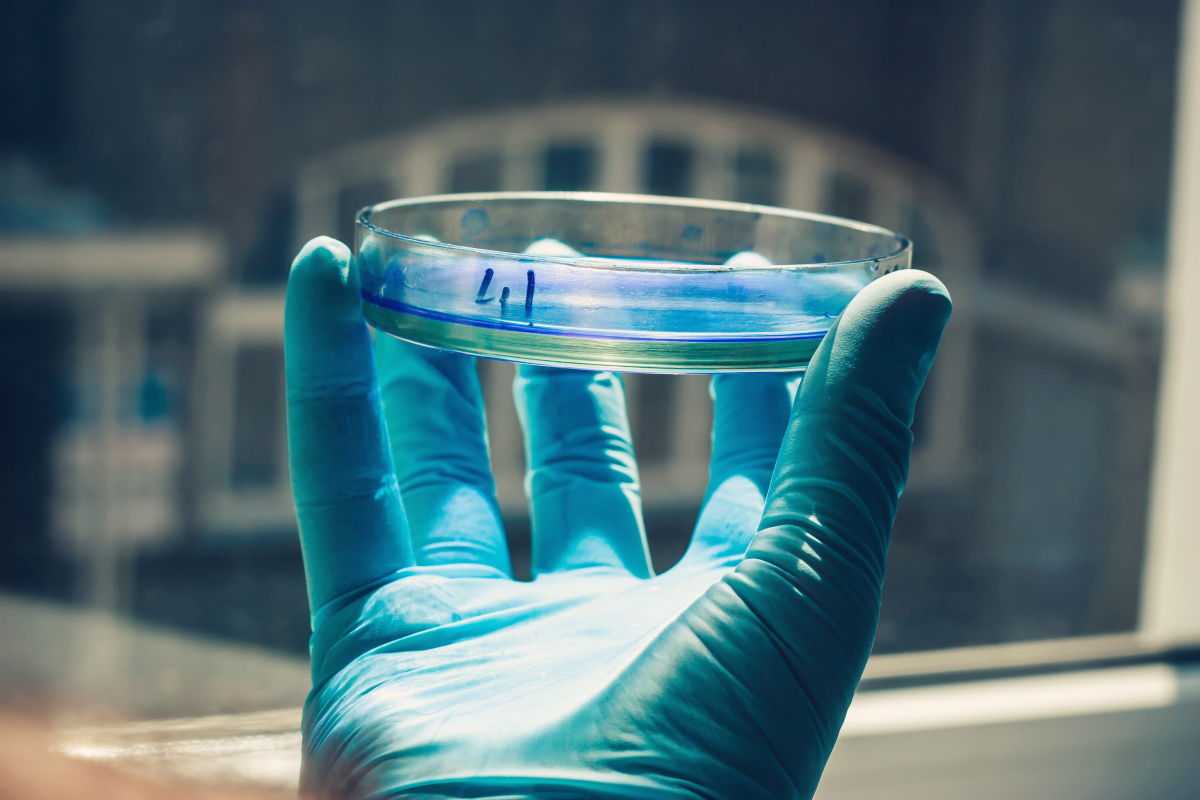This computer chip has human brain cells
Researchers from Monash University and the Turner Institute for Brain and Mental Health, in collaboration with startup Cortical Labs, have developed a new research project called Dishbrain put on its feet. This involves growing 800,000 brain cells in a dish and “teaching” them specific tasks.
As announced by Monash University, the project has now received the National Intelligence and Security Discovery Research Grants Program a grant of 600,000 Australian dollars, the equivalent of 360,000 euros, from the Australian government.
The research program, led by lecturer Adeel Razi, “brings together the fields of artificial intelligence and synthetic biology to create programmable biological computing platforms,” according to Razi. The results of the research should have a significant impact on numerous areas, such as robotics, planning, advanced automation or brain-machine interfaces.
Editor’s Recommendations
In the case of Dishbrain, “continuous lifelong learning” means that machines can acquire new skills without losing old ones. In addition, it is possible to adapt to changes and knowledge that has already been learned can be applied to new tasks.
All this also happens while at the same time conserving limited resources such as computing power, memory and energy. In contrast to current AI, brains are – at best – characterized by lifelong learning.
The project was supported by the renowned funding body because it fills a gap for future needs. New generations of machine learning applications, such as self-driving cars or delivery robots, “require a new type of machine intelligence that is capable of learning throughout its lifetime,” says Razi.
The aim of the project is to grow human brain cells in a laboratory dish. Hence the name Dishbrain. In this way, the researchers want to understand the various biological mechanisms that underlie lifelong continuous learning. “We will use this grant to develop better AI machines that emulate the learning ability of these biological neural networks,” explains Razi.
Research in this field should make it possible in the future to increase the capacity of the hardware and the methods to such an extent that a viable replacement for in-silico computing is provided. The term “in silico” is not long established in the scientific community. It is a relatively new term used to describe a new area of research.
“In silico” refers to processes that take place in the computer. In modern science, the term refers to experimental techniques performed using computers.
The project caused a stir as early as 2022: The researchers had managed to teach the chip the well-known computer game “Pong”. Loud a report of the New Atlas brain cells were fed a moving electrical stimulus to represent which side of the “screen” the ball is on and how far the bat is from the ball.
The researchers allowed the brain cells to act on the bat and move it left and right. It was the first time that lab-grown brain cells had been used in this way, allowing them not only to perceive the world but also to react to it.



